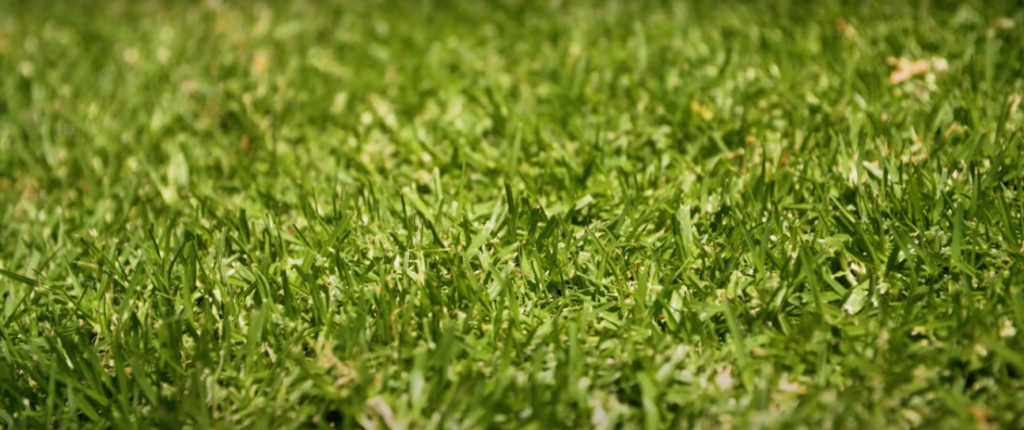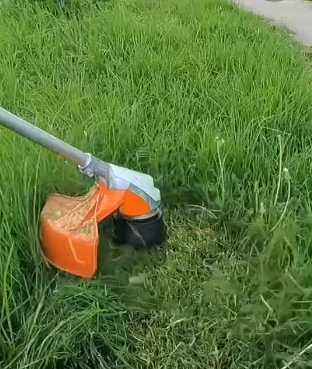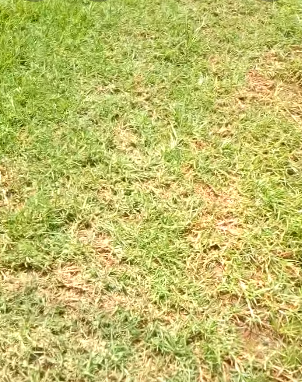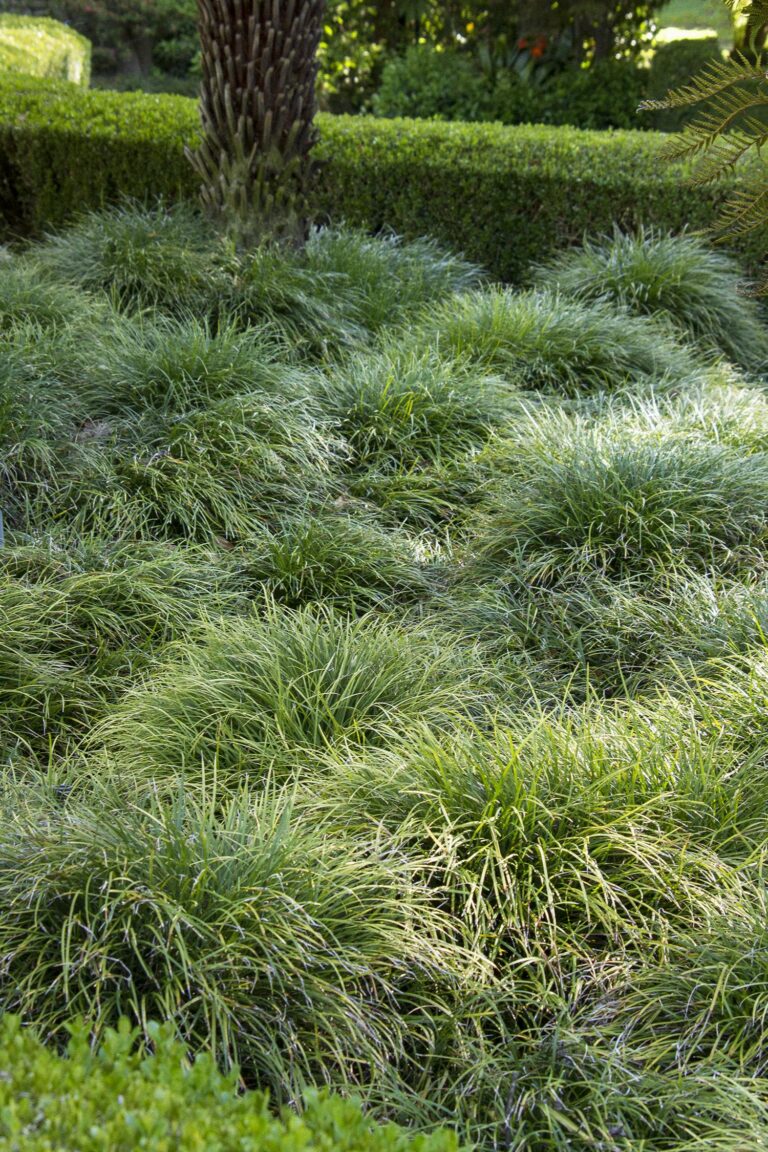Kikuyu Grass Guide: Planting, Growing, and Care Tips
Kikuyu grass is basically tropical species of Grass family (Poaceae). Its scientific name is Cenchrus clandestinus. Kikuyu is native to the highlands of Africa, homeland of kikuyu people therefore it is commonly called kikuyu grass. It is now invasive grass in Australia, New Zealand and the United States.
Kikuyu grass grows rapidly and vigorously, its dense rooting system is very noxious because it forms very thick matts if it is allowed to spread in lawns or recreational places, golf courses and playing grounds.

Table of Contents
Kikuyu plant description
Kikuyu is low growing, perennial, warm seasonal, with coarse texture and light green coloured grass. It shows fast growth. It has a network of creeping stems (stolons and rhizomes) and pointed leaves with coarse texture that forms thick mats. Often become invasive if not managed properly. Its flowers are hiding in leaves sheath and are inconspicuous so it primarily reproduces by vegetative means.
Kikuyu Grass characteristics:
Salient features of kikuyu grass are given in table,
| Classification | Warm season grass |
| Climate | Warm to temperate |
| Soil | Drainy, clay and Sandy also |
| pH | 4.5 to 7 |
| Mowing height | 1 to 2 inches |
| Shade tolerance | Moderate |
| Shoe tolerance/ resilience | High (can bear high traffic areas) |
| Drought resistance | High |
| Maintenance need | low |
| Growth Potential | High |
| Disease resistance | High |
How to identify kikuyu grass
Here are some key features of kikuyu grass for its identification.
- Color usually light green
- Leaf dimensions broad with pointed tips, width ⅛ to ¼ inch, length 1 to 10 inches long, sheath is hairy and flattened.
- Flowers short leafy flowering stems with 10 to 15 cm long
- Seeds long shinny leaves
- Growth it shows fast growth rate.
- Spread it spreads by stolons and rhizome become invasive in short period.
Kikuyu grass varieties
Main variety of kikuyu grass are given below,
- Village Green Kikuyu grass
Village green kikuyu is male sterile kikuyu. It does not produce any seed heads. It reproduces by only vegetative structures such as stolons and runners. It shows prominent growth in colder regions as temperate to subtropical.
- Breakwell kikuyu grass
Breakwell is a heavily tilled variety with a prostrate growth habit. It has narrow leaves, thin stems, and shorter internodes than other kikuyu varieties.
- Whittet kikuyu grass
Whittet kikuyu grass is warm season grass, its blade texture is coarse, runners are fleshy like St. Augustine grass. However, this variety is taller, erect, with broad leaves and thick stems.
- Kenda kikuyu grass
Kenda Kikuyu is a male sterile variety of Kikuyu grass that is known for its durability, common in warm areas of africa and Australia, fast recovery rate, and year-round dark green color. It is also drought tolerant, salt tolerant, and can handle high foot traffic.
Pros and Cons of Kikuyu Grass
Pros
- Shade tolerance
Kikuyu have high shade tolerance. If your lawn has shade most of the time, then go for it, it is the best choice for shady areas.
- Drought resistance
Kikuyu is drought resistant. It has the power to withstand water scarcity.
- Resilience
Kikuyu has high foot and traffic resilience. Pedestrians are not much harmed by it.
- Fast growth
It shows fast growth once it’s established.
- pH range
Kikuyu is adoptable to a high range of soil pH as 4.5 to 7 pH.
- Weed resistance
Kikuyu have natural weed resistance as it produces some alkaloids which disrupts the growth of weeds.
Cons
- Low cold resistance
It has low cold resistance.
- Invasive
Kikuyu is invasive; it outcompetes other grasses.
- Primary disease
Kikuyu has one common disease which is yellowing. Yellow patches with root rot cause death of the plant.
- Frequent mowing
Kikuyu needs frequent mowing for better growth.
- Texture
Kikuyu have coarse texture, which causes difficulty in mowing.
Sowing of Kikuyu Grass
Kikuyu grass is a resilient and fast-growing turf that is well-suited for many climates. The best Sewing tips are here.
Sowing time of Kikuyu grass
Early spring to early autumn when soil temperatures are consistently above 21°C (70°F) for optimal germination temp for kikuyu.
Soil Preparation for Kikuyu grass
Till the soil to a depth of about 15 cm (6 inches). Remove weeds and debris from the area. Rake the soil to create a level surface.
Sowing
Broadcast the seeds evenly over the prepared area. Use approximately two handfuls of seed per square meter. Lightly rake the seeds into the soil. Water the area thoroughly and keep the soil moist until germination
Care/Maintenance of Kikuyu Grass
Kikuyu grass is relatively low-maintenance once established, but it does require some care to thrive.
Watering
Kikuyu is drought-tolerant but benefits from regular watering, especially during establishment. Deep, infrequent watering encourages deep root growth. Avoid over watering as it can lead to disease.
Mowing
How regularly to maintain the desired height. Avoid scalping the grass, as this can weaken it. Leave clippings on the lawn to provide nutrients, and also avoid from its invasiveness.

Fertilizing
Fertilize regularly to promote healthy growth.Use a balanced fertilizer suitable for lawn. Avoid over-fertilizing as it can lead to disease.
Aeration
Aerate your lawn regularly to improve drainage and oxygenation. This helps prevent soil compaction and encourages root growth.
Weed Control
Kikuyu is generally good at suppressing weeds. However, hand-pulling or spot-treating weeds is necessary to maintain a neat appearance.
Common problems of Kikuyu Grass
Leaf spot disease
It is a fungal disease characterized by irregular shaped brown or gray lesions or spots on kikuyu leaves. In severe cases, it can cause defoliation and stunted growth of kikuyu may occur.
Winter Fusarium
This is also a fungal disease that can affect in cooler months of the year. This condition typically appears as small or circular patches of dead or dying grass. They can merge or spread over the lawn or total area.
Summer patches
This disease is due to soil borne fungus which affects the roots of kikuyu. Roots become thinner and sometimes die off. This causes thinning of the kikuyu mat and sometimes yellowing of the area.

How to control Kikuyu grass invasive growth
If kikuyu grass is not managed properly it becomes invasive. There are few tips to overcome its invasive growth.
Mechanical methods of frequent and low mowing can reduce chances of its invasiveness. Pulling and eradication sometimes works.
Chemical treatments use of herbicides like glyphosate can reduce growth of kikuyu,
Kikuyu grass vs others
Kikuyu grass vs Zoysia grass
Both Kenda Kikuyu and Zoysia are drought-tolerant and low-maintenance. However, Zoysia is generally slower to establish and can be more expensive.
Kikuyu grass vs Bermuda grass
Bermuda is also a popular warm-season grass, but it can be more aggressive and can spread into unwanted areas. Kenda Kikuyu is a more refined option.
Kikuyu grass vs St. Augustine grass
St. Augustine is a softer, more shade-tolerant grass than Kenda Kikuyu. However, it can be more susceptible to diseases and pests.
Choosing the Right Grass
The best grass for your lawn depends on factors such as your climate, soil conditions, desired appearance, and level of maintenance. If you’re looking for a low-maintenance, drought-tolerant grass with a fine texture, Zoysia might be a good choice. If you need a highly durable grass for heavy foot traffic, Bermuda or Kikuyu could be suitable. Consider your specific needs and preferences to make the best decision.


